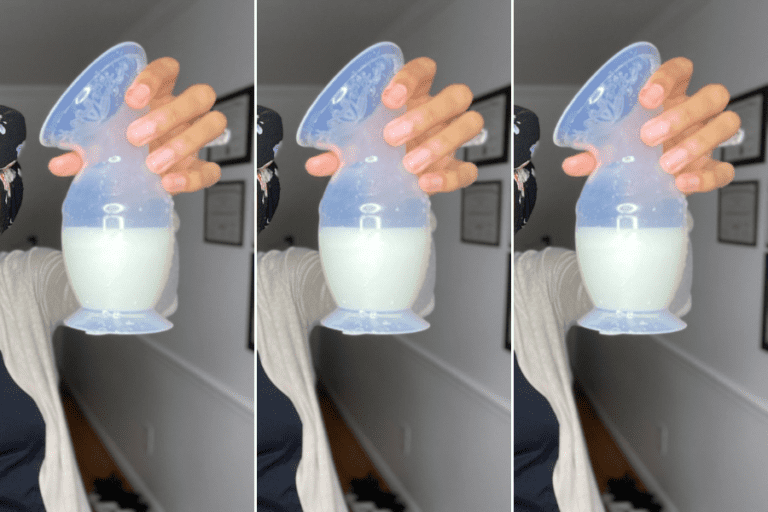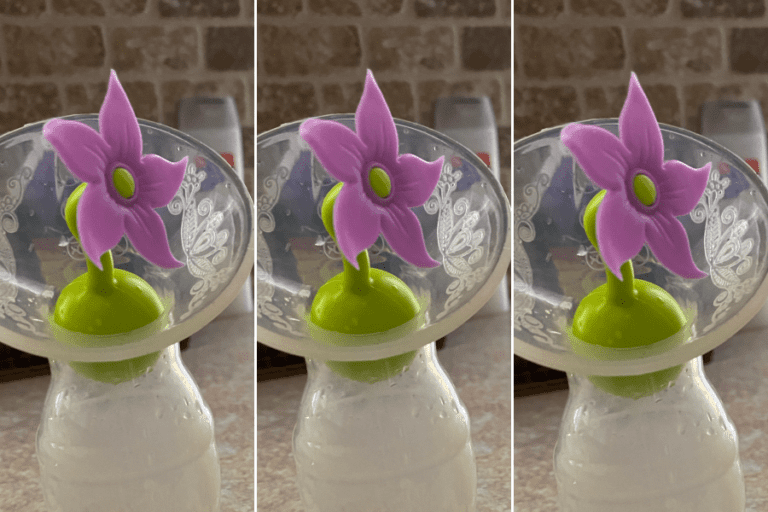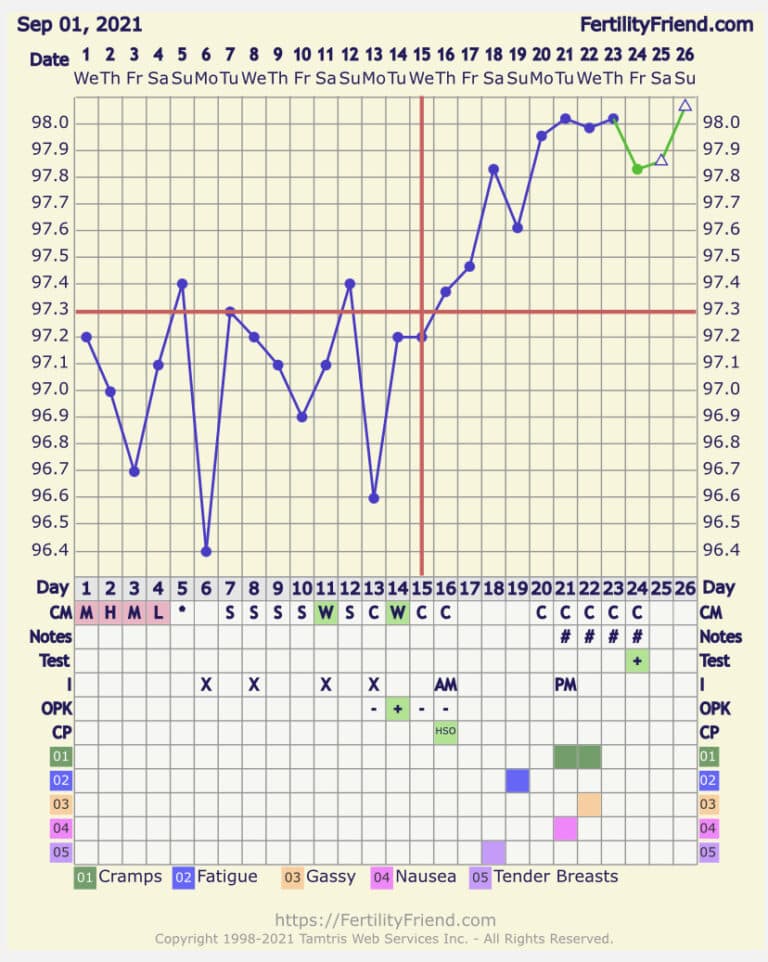How to Get Baby to Move During Pregnancy: Tips and Tricks
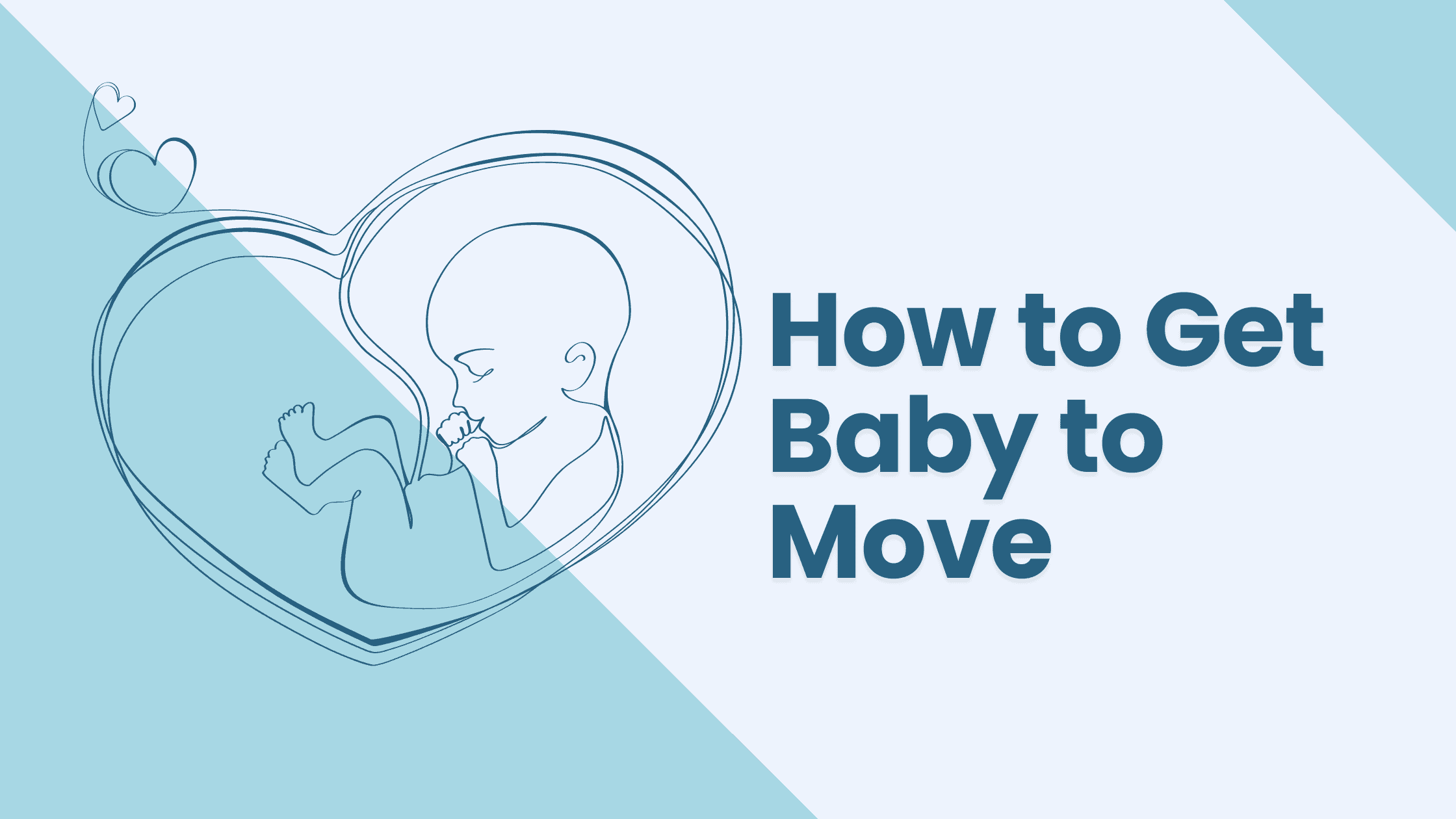
Last Updated on October 10, 2023 by Avi Steen
Feeling your baby move during pregnancy is one of the most precious and exciting experiences for expectant mamas.
But did you know that monitoring your baby’s movements can also give you insights to what’s going on in there?
In this blog post, we’ll guide you through understanding your baby’s movements, tips for encouraging them, and how to get baby to move effectively during your pregnancy.
So, let’s dive into the wonderful world of baby kicks, rolls, and flutters!
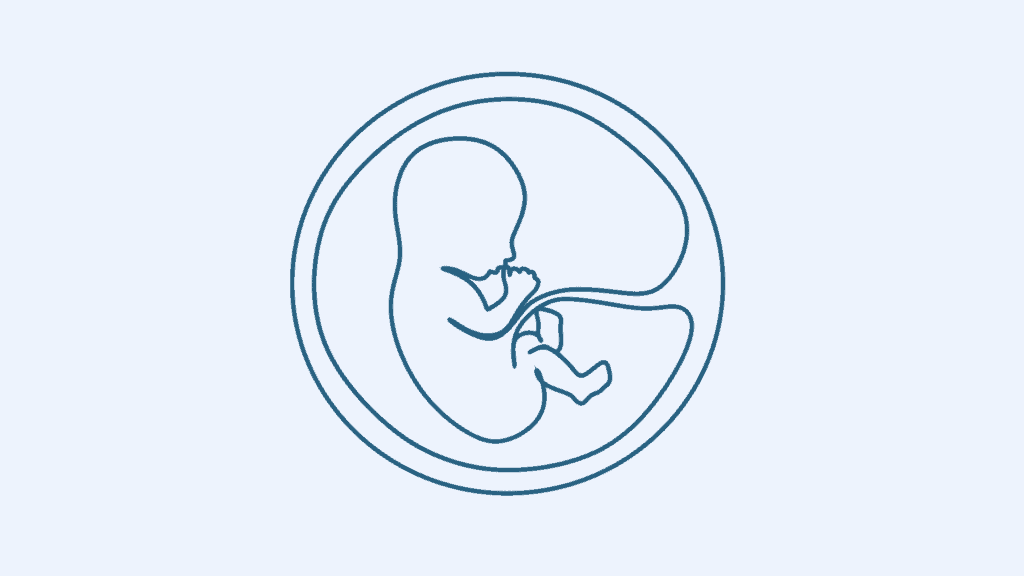
Understanding Baby’s Movements
Experiencing your baby moving inside your belly is so incredible.
But keeping track of these movements is important as well. Feeling your baby move for the first time, often described as little flutters, can happen between 16 and 25 weeks of pregnancy, with more regular and stronger kicks expected around 28-32 weeks.
Do you remember the moment you felt your baby move? The first time I felt my daughter’s movements within my belly, it felt like someone was tickling me from the inside. So cute!
As your baby develops, the baby’s movements can tell you about their health, and any changes in their patterns can be a sign that something might not be quite right.
Recognizing your baby’s movement as a part of their normal movements and being alert to any changes is important.
From the second trimester onwards, you might begin to feel increased fetal movements. Around the 28th week of pregnancy, you should notice a pattern in your baby’s movements.
Remember, every baby is different, so there’s no set number of normal movements.
Feeling Your Baby Move
The sensation of feeling your baby move, known as quickening, is often described as flutters coming and going. As your pregnancy progresses, these flutters transform into more noticeable kicks, rolls, and jabs.
First-time moms may not feel their baby’s movements until around 20 weeks pregnant, while those who have experienced pregnancy before may feel them as early as 16 weeks.
If you haven’t felt anything at all by 24 weeks pregnant, it’s best to consult your doctor or midwife, who can check your baby to ensure everything is okay.
The type of movement you feel can vary throughout your pregnancy and even throughout the day. As the baby grows and the pregnancy progresses, you might notice more robust kicks and hiccups.
Setting aside time each day to relax, concentrate on your baby bump, and observe the movements you feel is important. When you create a habit of paying attention to your baby’s movements, you’ll be more in tune with their patterns and better equipped to notice any changes.
Normal Movement Patterns
Each baby exhibits a unique pattern of movements, making it important for you to become familiar with your baby’s regular patterns to detect any changes.
Keeping a keen eye on your baby’s normal movements and conducting a fetal movement count, particularly during the third trimester, is important. Your doctor will likely ask for fetal movements closer to the time of birth.
If you ever have a concern or notice a decrease in your baby’s movements, don’t hesitate to contact your healthcare provider for guidance.
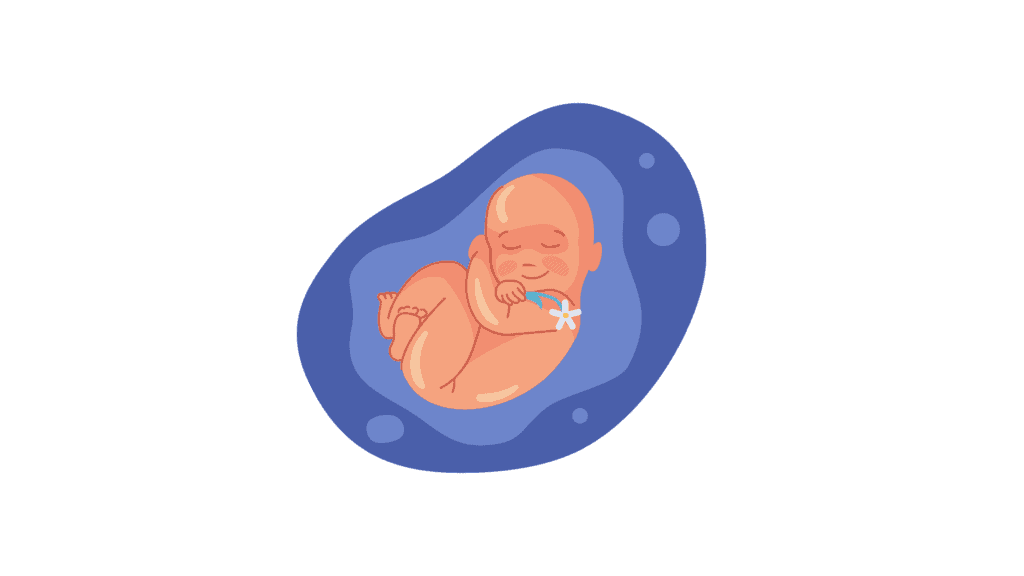
Tips for Encouraging Baby Movement
Sometimes, you might want to encourage your baby to move so you can monitor their activity better.
Relaxing, playing some tunes, and having certain foods or drinks can help get your baby moving as your pregnancy progresses. Engaging in deep squats can also help relax and stretch your pelvic floor muscles, potentially stirring up your baby and creating a sense of ease during pregnancy.
You can also stimulate your baby’s movement by lightly nudging your belly in response to their kicks.
This playful interaction can help you bond with your baby while also monitoring their movements. Remember, staying aware of your baby’s usual movements and being attentive to any changes or concerns is key.
If you’re ever worried, don’t hesitate to reach out to your healthcare provider.
Relaxation and Lying Down
Finding time to relax and lie down can help you focus on your baby’s movements and may encourage them to move more.
You know that moment when you lay down for the night, and the baby starts a party?
Many first-time moms notice more movements when they relax at night, especially when lying down with a slight tilt to the left. This position aids in determining if your baby is active or if there has been a decrease in their movements compared to usual.
If your baby seems a bit too quiet, you can try getting on your hands and knees and rocking gently, or lying on your side and opening your top leg up and holding it behind the knee.
These positions can help encourage your baby to move and make it easier for you to focus on their movements.
Regularly practicing relaxation techniques will help you stay in sync with your baby’s activity patterns.
Playing Music or Making Noise
Playing music or making noise can stimulate your baby and encourage them to move in response.
When babies listen to music, their brain processes the sounds, and they can track changes in their brainwaves. This increased brain activity can lead to more activity in the womb.
Playing music with a beat or rhythm can also help babies get used to moving with the rhythm of the song, encouraging them to move along with it.
Soothing music, like classical tunes, has been found to have a calming effect on babies, which can lead to increased movement. Experiment with different types of music and sounds to see what resonates with your baby and encourages them to move.
Eating and Drinking
Certain foods and drinks can help encourage your baby to move. Here are some examples:
- Sugary snacks or cold drinks can give your baby a little nudge and help you monitor their movements.
- High-protein foods like lean meats, eggs, and nuts can provide your baby with the energy needed to move.
- Calcium-rich foods like dairy products can help strengthen their bones and muscles.
Fruits like watermelon, pineapple, and bananas are high in sugar, which can give your baby a kick of energy and encourage movement while also impacting blood sugar levels.
Other snack options include cheese and crackers, Greek yogurt, and fruit and nut mixes. Cold beverages like milk or juice can also stimulate your baby to wiggle around.
Observe how your baby reacts to various foods and drinks, and utilize this knowledge for more effective monitoring of their movements.
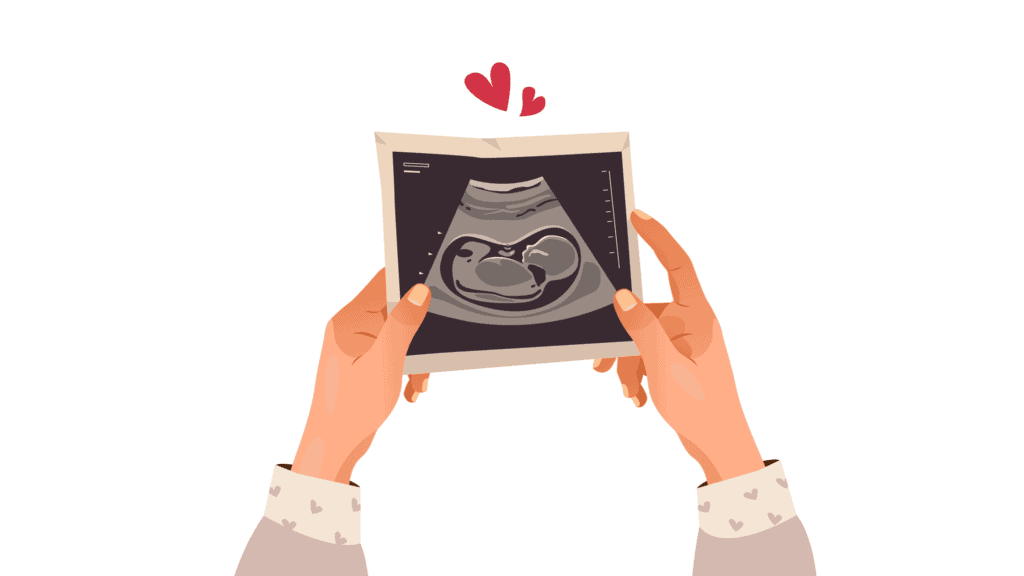
Monitoring Baby’s Movements
One way to keep track of your baby’s movements is by counting kicks, which is a method to establish a baseline for your baby’s normal movements. At least 10 kicks per hour is considered normal closer to the time you give birth.
To count kicks, you can lie down on your side and count each kick, swish, roll, or jab you feel within a specific timeframe, like an hour or two.
If you notice any changes in your baby’s movements or you’re concerned about their well-being, don’t hesitate to contact your healthcare provider.
They can offer guidance and support to ensure your baby is thriving and address any concerns you may have. Staying in tune with your baby’s movements and regularly monitoring them can provide you with peace of mind and help you bond with your baby throughout your pregnancy.
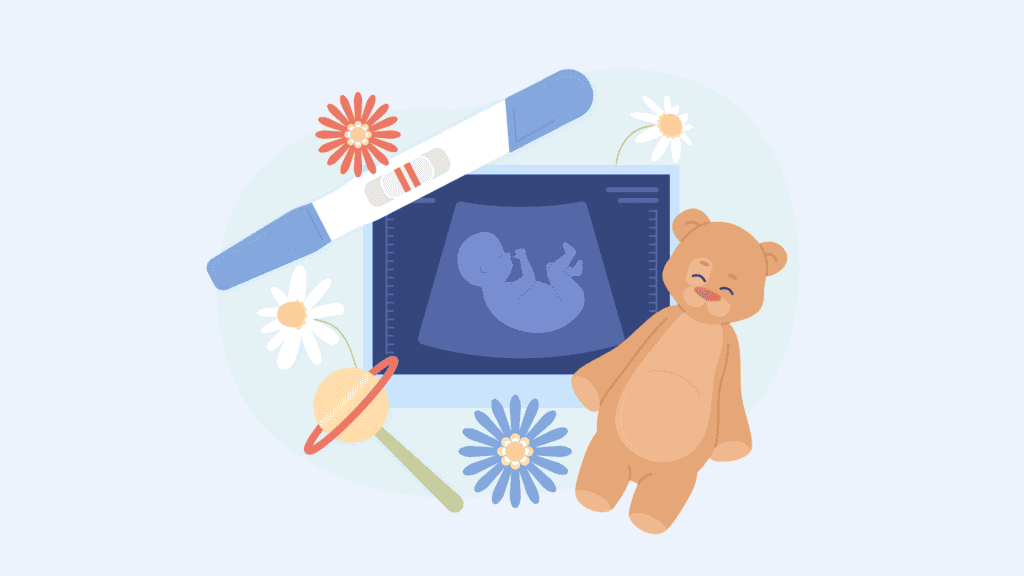
When to Contact Your Healthcare Provider
It’s essential to contact your healthcare provider if you notice any changes in your baby’s movements or if you’re concerned about their well-being.
If you notice a decrease in your baby’s movements or feel like they’re moving less than usual, especially if you’ve been feeling regular movements, it’s best to reach out to your healthcare provider as soon as possible.
Your healthcare provider may perform fetal heart rate monitoring or organize an ultrasound scan appointment to check on your baby’s development, including the baby’s heart rate.
Remember, during your first pregnancy, it’s always better to make sure you get checked out if you’re concerned, no matter how many times.
Staying in tune with your baby’s movements and being proactive in seeking care can contribute to a healthy pregnancy and a thriving baby.
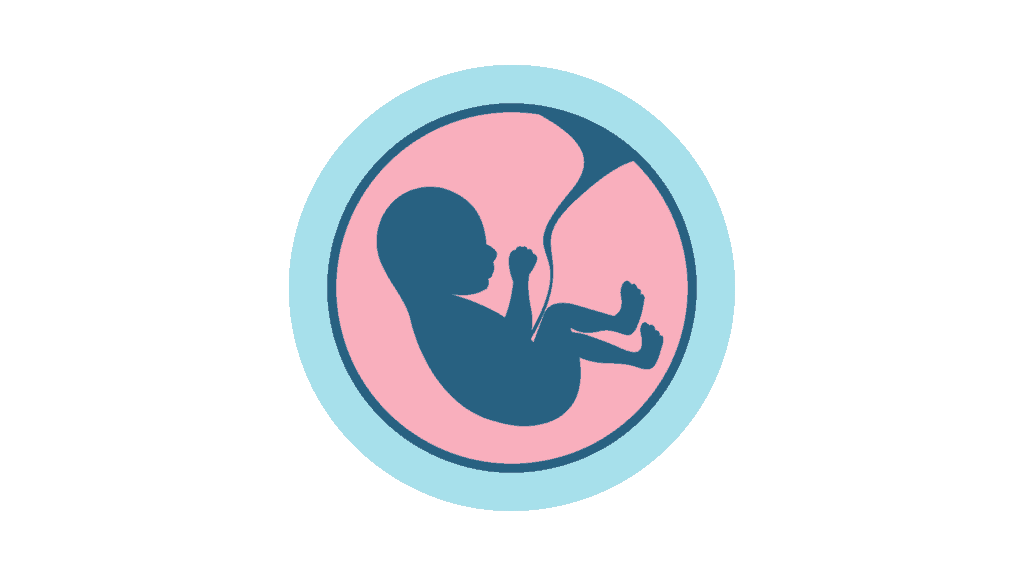
Factors That Can Affect Baby Movement
Various factors can affect your ability to feel your baby’s movements, such as the baby’s position, an anterior placenta, and your activity level. Being aware of these factors and their impact on your perception of your baby’s movements is important to know.
Baby’s Position
Your baby’s position in the womb can significantly affect how you feel their movements. If the baby is facing outward towards your belly, it can be easier to notice their movements.
But if the baby is facing inward towards your back, it may be more difficult to feel their movements.
As your pregnancy progresses, your baby’s position may change, and you might notice different types of movements.
For example, in the third trimester, a pregnant woman will likely notice her baby flipping to a head-down position with their head on her pubic bone, and their face towards her stomach.
Being aware of your baby’s position can help you better understand their movements, feel your baby, and monitor their well-being.
Anterior Placenta
An anterior placenta is when the placenta attaches to the front wall of the uterus, which is a normal position during pregnancy.
Having an anterior placenta can make it harder to feel your baby’s movements, as it acts as a cushion between the baby and your belly. However, not all women with an anterior placenta will have trouble sensing their baby’s movements.
If you have an anterior placenta, it’s essential to be aware of its potential impact on your ability to feel your baby’s movements.
Mother’s Activity Level
The level of your activity during pregnancy can influence your ability to sense your baby’s movements. Increased activity may make it harder for you to notice your baby’s movements, as the motion can potentially mask the sensation of your baby moving.
It’s essential to find time each day to relax, focus on your baby bump, and monitor their movements.
Physical activity during pregnancy can confer multiple health benefits, but it’s important to understand its potential effects on how you perceive your baby’s movements.
By finding a balance between staying active and taking time to relax and monitor your baby’s movements, you can ensure a healthy pregnancy and a thriving baby.

Third Trimester Changes
The third trimester brings several changes that can affect the types of movements you feel and the importance of monitoring them. As your baby grows, their movements may slow down and happen less often because of the lack of space in the womb.
It’s essential to continue monitoring your baby’s movements during this stage of pregnancy and maintain regular communication with your healthcare provider.
Comprehending the changes that transpire in the second or third trimester can equip you better for observing your baby’s movements.
Types of Movements
In the third trimester, the types of movements you feel may include hiccups and more robust kicks.
Hiccups can feel like rhythmic pulses or little jumps, while kicks can feel like flutters, tiny jabs, or even a tumbling sensation. As your baby grows and the space in your womb becomes more limited, their movements may become less frequent, but it’s still essential to monitor them regularly.
Monitoring Movements in the Third Trimester
In the third trimester, you should anticipate your baby’s movements to stay regular at around 10 kicks or movements every hour or two. By the time they’re 39 weeks, when the baby is full-term, the movement should still be consistent.
Final Thoughts
Throughout your pregnancy, monitoring your baby’s movements is very important, especially as you get closer to finally meeting them. By understanding the types of movements, factors that can affect them, and tips for encouraging baby movement, you can stay in tune with your baby’s unique patterns and ensure a healthy pregnancy.
Remember always to trust your instincts and reach out to your healthcare provider if you have any concerns. Enjoy this incredible journey and cherish the precious moments of feeling your baby’s kicks, rolls, and flutters!
Frequently Asked Questions
Is it normal to feel baby move some days and not others?
It’s perfectly normal to feel baby movement some days and not others in the early days. Quickening can come and go, and once it turns to strong kicks and wiggles, you’ll feel your baby’s movements more regularly and consistently.
When should I go to hospital if baby isn’t moving?
If your baby has less than 10 movements in 1 hour and you’re in the third trimester, call your doctor right away.
When can I expect to start feeling my baby move?
You can typically start feeling your baby move between 16 and 25 weeks of pregnancy, so you should start feeling those kicks soon!
How can I monitor my baby’s movements in the third trimester?
Monitor your baby’s movements during the third trimester with kick counts, aiming for 10 distinct movements within an hour or two.

Octavia Steen is an NBDA certified fertility doula, health coach, certified fitness nutrition specialist, aspiring missionary with the COGIC, and owner of Mother Mindset. She helps future and current mamas become more consistent in faith + fitness and grow closer to God so they can create a healthier lifestyle from the inside out!

